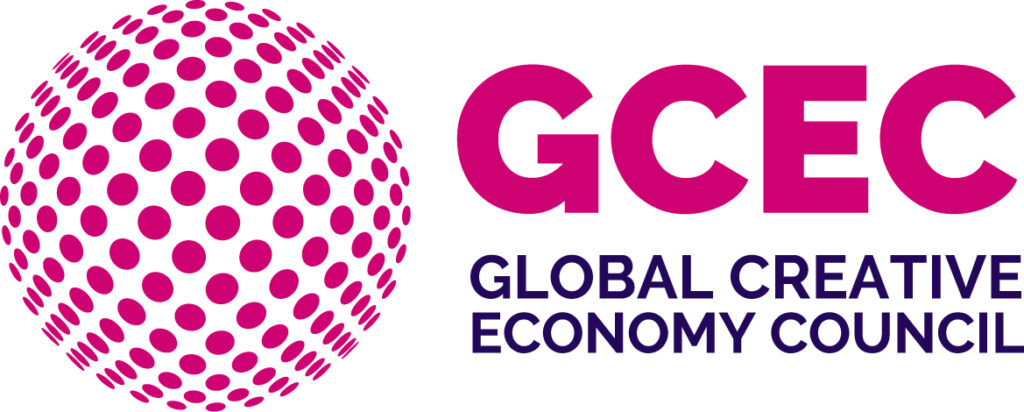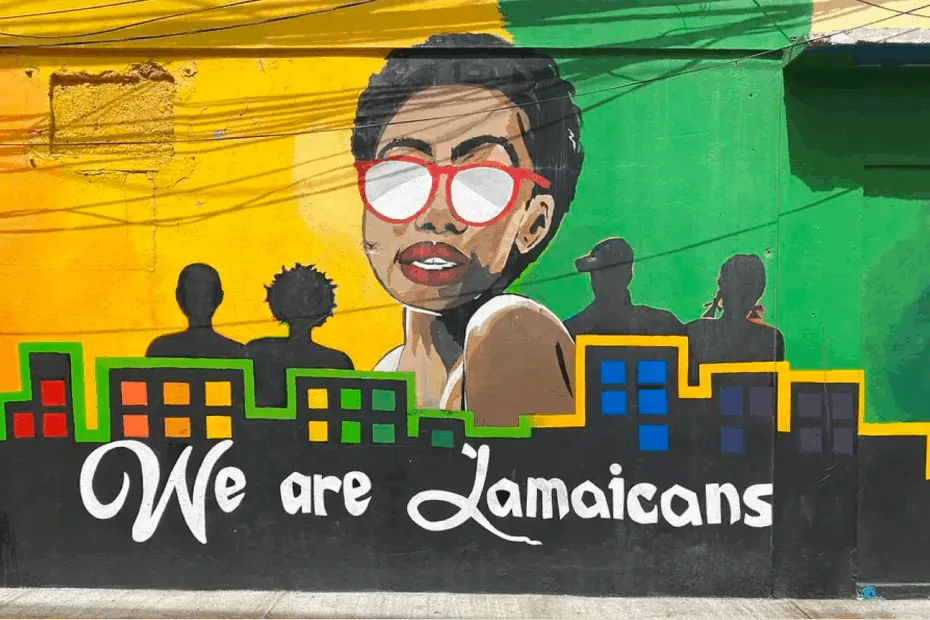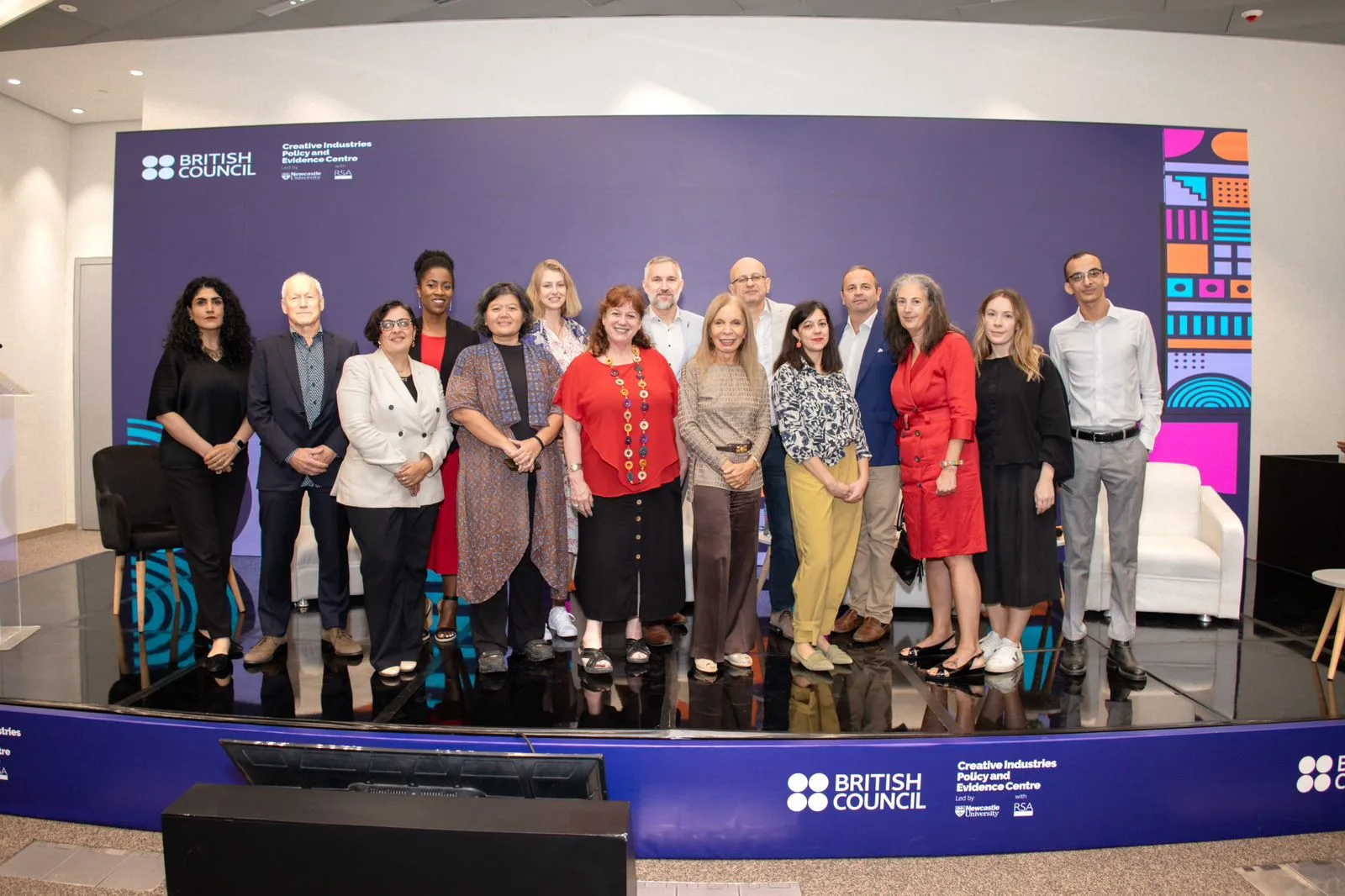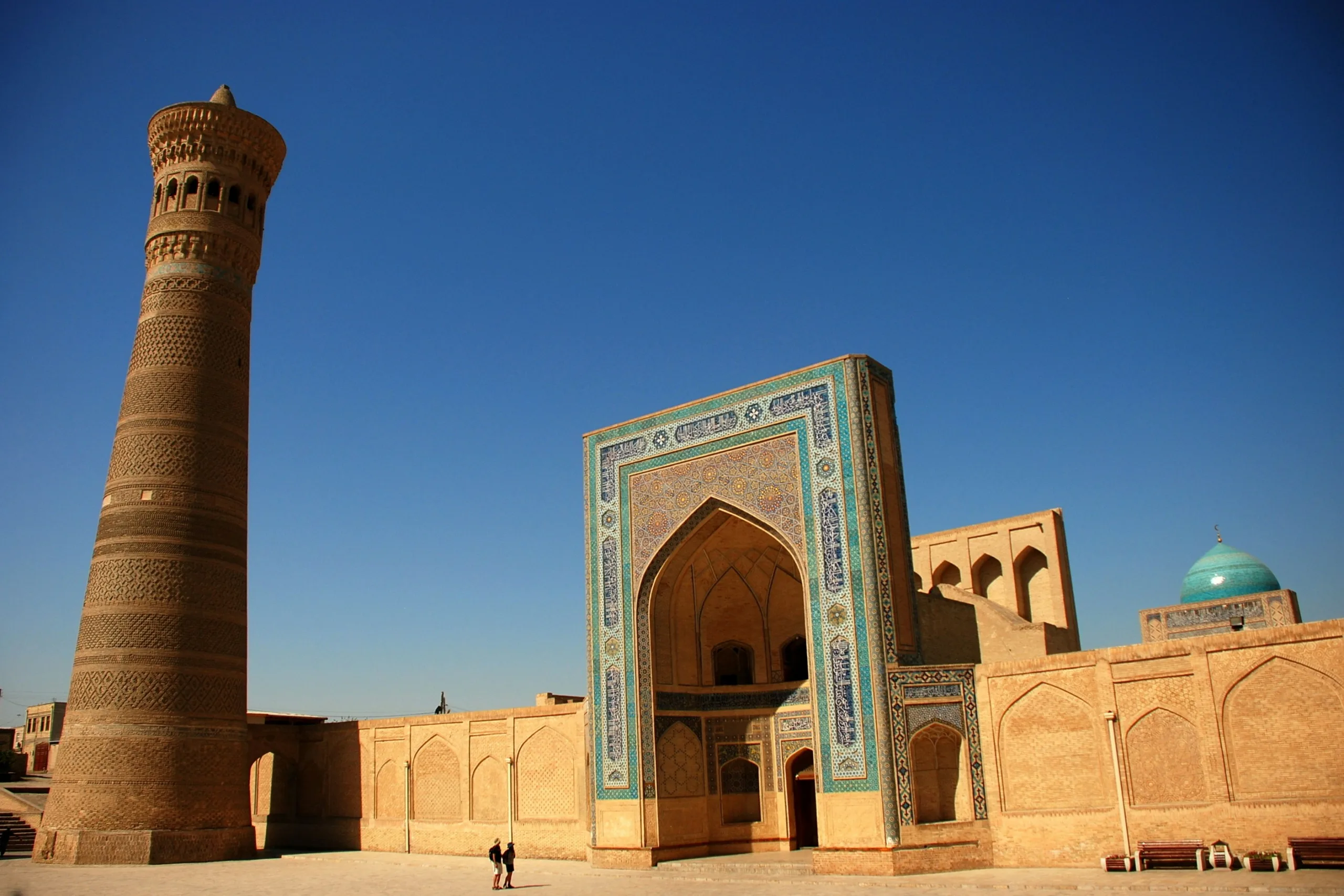Andrea Dempster Chung, Co-founder and executive director of Kingston Creative

A blog from Creative PEC’s Global Creative Economy Council
Jamaica has long been a cultural mecca, with over 4 million visitors per year coming to its shores to soak up the sun and experience the culture. This is the birthplace of Bob Marley, reggae music, and no less than five other major music genres, including dancehall, ska, rocksteady, dub, and mento. The creative talent isn’t just limited to music as Jamaica also has a creditable showing in dance, literature, film, visual arts, the culinary arts, and craft.
Poverty and crime – seen at its worst in the inner cities of Kingston – appears quite at odds with Jamaica’s cultural reputation. A common misconception is that Jamaica is doing well, having earned significant income from its reggae music industry. The reality, however, is that most of the economic activity (recording, publishing, distribution) that drives the Jamaican music industry is domiciled offshore.
Wikipedia’s list of international reggae festivals includes 136 events – all located outside of Jamaica. Jamaica does have two major reggae festivals, Sumfest and Rebel Salute. By comparison Italy has 16. While a few individual Jamaican artists may do well from touring overseas, most local creatives struggle to make a living. Over the years, the lion’s share of the earnings from Jamaica’s culture has accumulated in other countries, leaving Jamaica underdeveloped.
Globaleconomy.com reveals that Jamaica ranks second in the world for ‘human flight and brain drain’, out of 177 countries, achieving a rating of 9.5 out of 10 in 2023. As both the business and the audience are overseas it is no surprise that artists of all types frequently migrate, contributing to the crippling brain drain experienced by the island and depleting the cultural sector of talent.
But all is not lost. Jamaica can still turn around its fortunes and it is betting on its cultural capital to take it there. Attention is being paid to developing creative entrepreneurs and aligning the policies needed to spur Creative Economy growth. Investments are being made to provide the funding and infrastructure that artists and creatives need to monetise their talent. The informality of the sector is also being challenged, as new programmes actively encourage creative entrepreneurs to register their businesses and their intellectual property, at no cost.
The recent developments augur well for the future of the cultural and creative industries; from a billion-dollar Film Fund to free creative training, creative coworking spaces, and a new Art District being developed in downtown Kingston. The vibrant murals in Water Lane created by a young cadre of artists and animated by augmented reality are spurring the rapid growth of cultural tourism in once desolate back streets.
Behind the scenes, this change is being driven from the bottom up, with a complex raft of multilateral, public, private and third sector partnerships as well as Jamaica’s extensive diaspora lending support. It appears that the potential of the creative economy to deliver much needed growth is now being understood by the creatives themselves, as well as the policymakers. Concrete steps are being taken to ensure that the local ecosystem is improved so that with the next wave of art and music emanating from Jamaica, the creators, artists and local communities hopefully will be the ones that benefit.
As a small island nation of only 2.8 million people Jamaica’s musical and sporting icons have no business being global household names. The true power of Jamaican culture goes way beyond the entertainment value or even the possibility of culture delivering economic growth. Jamaica’s culture speaks to its people, its heritage, a turbulent history, a sense of fierce independence and social consciousness – powerful messages of “one love” that the world has embraced, and which Jamaica must do everything possible to preserve.
Creative PEC’s blog provides a platform for independent, evidence-based views. All blogs are published to further debate, and may be polemical. The views expressed are solely those of the author(s) and do not necessarily represent views of Creative PEC or its partner organisations.
Image credit: photo by Verrol Blake
More on the Global Creative Economy Council
Global Creative Economy Council: An introduction from the Former Chair
John Newbigin introduces Creative PEC's Global Creative Economy Council
Hasan Bakhshi and Rehana Mughal introduce the Global Creative Economy Council
Hasan Bakhshi and Rehana Mughal explain what the GCEC is trying to achieve and how the network will …
Creative Industries in Egypt: An Overview
Omar Nagati – GCEC Member and Co-Founder of CLUSTER – outlines the findings of a study into the crea…
UK engagement in Central Asia: Education and the creative economy in the territories of the ‘new Silk Roads’
Dr Martin Smith and Dr Gerald Lidstone look at the history of the British Council's work in Central …




